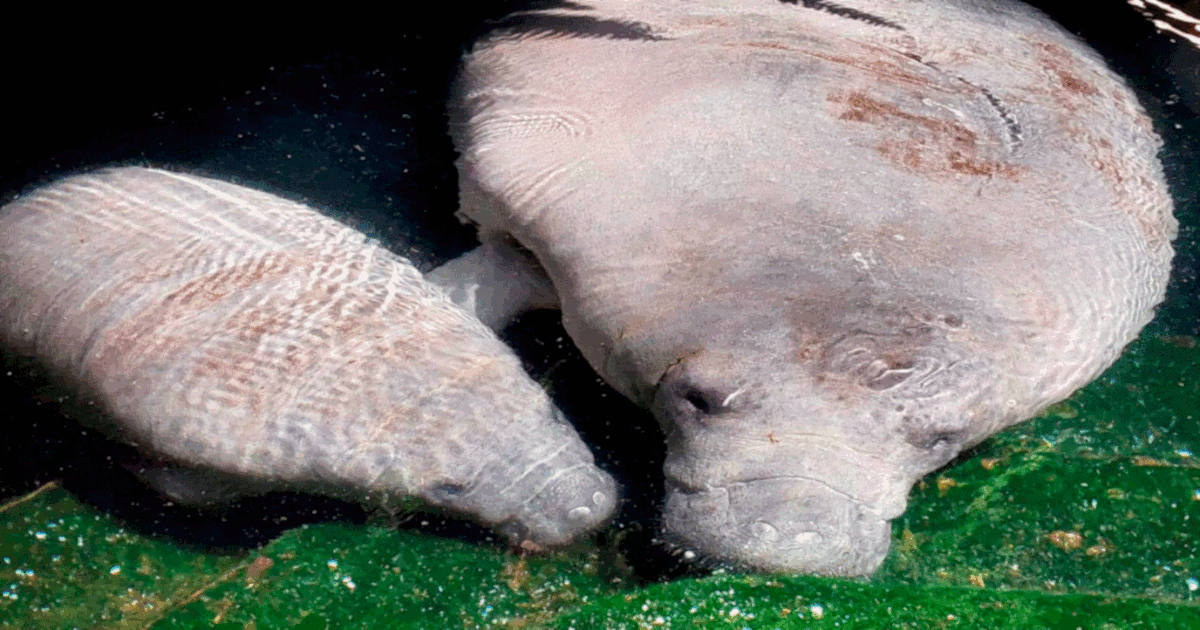Genetic Diversity, Ecology and Conservation of Endangered Species—2nd Edition
A special issue of Diversity (ISSN 1424-2818). This special issue belongs to the section "Biodiversity Conservation".
Deadline for manuscript submissions: 31 August 2026 | Viewed by 6017

Special Issue Editors
Interests: population genetics; genetic diversity; conservation; molecular ecology; genomic
Special Issues, Collections and Topics in MDPI journals
Interests: biological interactions; arachnology; entomology; zoology; animal behavior; predation; invasive species; biodiversity conservation
Special Issues, Collections and Topics in MDPI journals
Special Issue Information
Dear Colleagues,
The conservation, protection, and management of threatened species have become key issues for the future of biodiversity in pessimistic scenarios. Wild species are facing many threats, such as deforestation, the excessive exploitation of resources, pollution, the introduction of invasive species, climate change, etc. A solid understanding of the genetics and ecology of species and their populations is essential to developing conservation strategies and preventing local extinctions.
This Special Issue aims to present new research on endangered species. We encourage the submission of works focused on genetic diversity and the structure of populations, as well as ecology. These approaches will allow us to better understand the interaction of species with their environment and the impact of these interactions on their survival. In addition, articles on applied approaches to the conservation and management of species in natural environments are welcome. This Special Issue is open to the submission of review articles and research papers on animal and plant species from around the world, and we strongly encourage works on tropical and subtropical areas.
Dr. Salima Machkour-M’Rabet
Dr. Yann Hénaut
Guest Editors
Manuscript Submission Information
Manuscripts should be submitted online at www.mdpi.com by registering and logging in to this website. Once you are registered, click here to go to the submission form. Manuscripts can be submitted until the deadline. All submissions that pass pre-check are peer-reviewed. Accepted papers will be published continuously in the journal (as soon as accepted) and will be listed together on the special issue website. Research articles, review articles as well as short communications are invited. For planned papers, a title and short abstract (about 250 words) can be sent to the Editorial Office for assessment.
Submitted manuscripts should not have been published previously, nor be under consideration for publication elsewhere (except conference proceedings papers). All manuscripts are thoroughly refereed through a single-blind peer-review process. A guide for authors and other relevant information for submission of manuscripts is available on the Instructions for Authors page. Diversity is an international peer-reviewed open access monthly journal published by MDPI.
Please visit the Instructions for Authors page before submitting a manuscript. The Article Processing Charge (APC) for publication in this open access journal is 2100 CHF (Swiss Francs). Submitted papers should be well formatted and use good English. Authors may use MDPI's English editing service prior to publication or during author revisions.
Keywords
- genetic conservation
- conservation of biodiversity
- conservation and management strategies
- population ecology
- threatened species
- evolution
Benefits of Publishing in a Special Issue
- Ease of navigation: Grouping papers by topic helps scholars navigate broad scope journals more efficiently.
- Greater discoverability: Special Issues support the reach and impact of scientific research. Articles in Special Issues are more discoverable and cited more frequently.
- Expansion of research network: Special Issues facilitate connections among authors, fostering scientific collaborations.
- External promotion: Articles in Special Issues are often promoted through the journal's social media, increasing their visibility.
- Reprint: MDPI Books provides the opportunity to republish successful Special Issues in book format, both online and in print.
Further information on MDPI's Special Issue policies can be found here.






